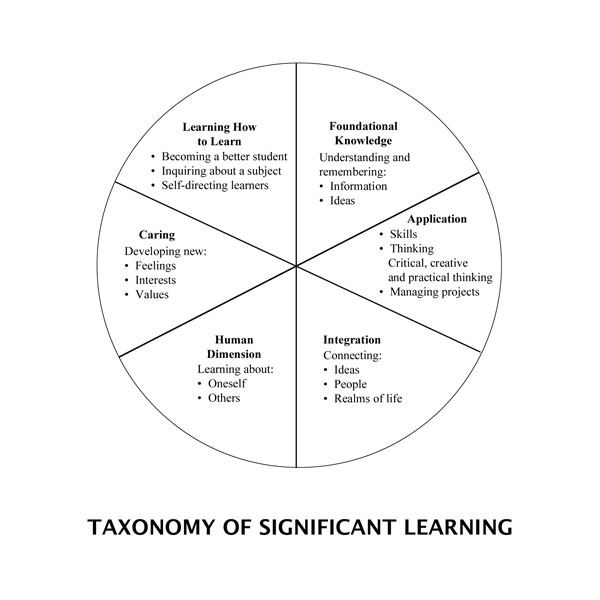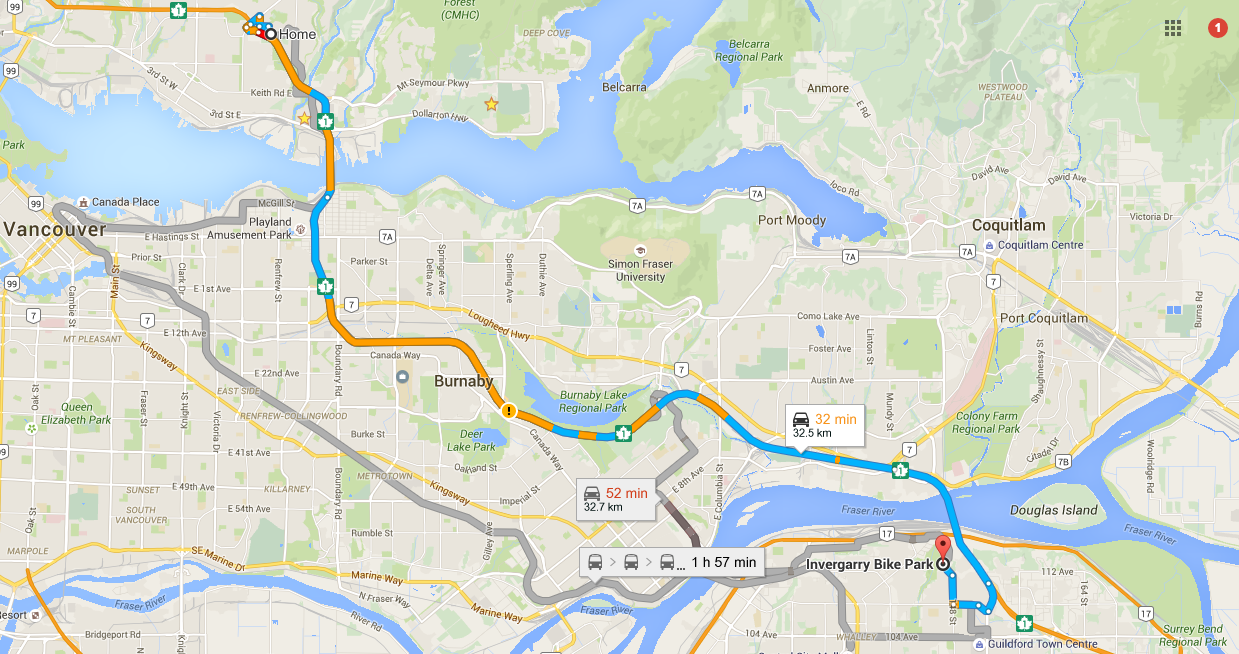As a constructivist educator, I believe that it is my responsibility to not only create a learning environment where the learner has choice, ownership, voice, and agency over their learning, it is also my responsibility to guide them through their personal development journey and help them take ownership of their learning. I like to use the notion or analogy of a journey because it allows me to point to common navigational tools in which most people are familiar and apply those ideas to the learning journey.
When I think about going on a journey I immediately think about Google Maps which I use on a daily basis. Unless I have been to a destination several times, I will type in or speak in the destination name or address and then Google will immediately show me what they believe is the best path. I often preview a trip on my laptop so that I can manipulate my options and once I have the best route laid out I identify the key stages of the journey and transfer the map to my iPhone.
Experience has shown me that identifying the key landmarks and stages is a very important part of the travel process. Because I live in one of the most traffic congested cities in North America (Vancouver) it is not uncommon to have a traffic accident, construction, or an event forced me to change my route without warning so having previewed the key stages and landmarks enable me to make adjustments to my course with a lot less stress and anxiety then if I simply relied on Google’s step by step navigation. Both my younger son and I like to look at the big picture to identify the key stages and we can easily make adjustments to our travel much easier than my wife and older son who prefer to rely on Google’s step by step instructions and not have to think about the trip.
While the convenience of Google’s step by step instructions cannot be denied it does come at a cost. When you depend on Google to tell you where to go at every turn you actually aren’t learning the route. My older son is constantly having to rely on Google’s step by step instructions and when he isn’t using Google he is asking his brother or I where to turn and how to get to places that he would have learned how to navigate to if he would have taken ownership of the learning process and looked at the route, identified the key stages and fully engaged in understanding where he was going. It is not uncommon for my younger son to be able to take a variety of alternates to a destination without even having to refer to the map because he has learned how to navigate the city rather than just rely on Google to tell him where to go.
This dependence on step by step instructions or having someone or something tell us exactly what we need to do is paralleled in the educational setting. If our learners are not fully aware of where they are going and are not engaged in recognizing the stages or landmarks along the way, are they simply relying on step by step instruction to satisfy the assignment requirements without having to really think about the process then are they learning? I am in good company with people like John Dewey when I say that they are not learning. In Democracy and Education, Dewey argued learning or growth was the result of the quality of mental process not the production of right answers.
So how do we ensure that our learners are learning and growing and not simply regurgitating the right answers? We must go back to the starting point in this discussion and focus on creating significant learning environments where the learner has choice, ownership, voice, and agency over their learning.
More specifically we do this by using the backward design principles within Dee Fink’s 3 Column table and his Taxonomy of Significant Learning.

The 3 Column table is essential a course map and when you add the notion of Jim Collin’s Big Hairy Audacious Goal (BHAG) you provide your learner their ultimate destination in their learning journey. This is why Fink encourages us to think in terms of who the learner will be or where the learner will be at the end of the course. This type of thinking is analogous to the final destination in our map/travel discussion above but the BHAG perspective adds the emotional factor that addresses why the learner will want to go there. Similarly, the learning outcomes are the stages or landmarks along the way. The activities section of the Finks model is where some of the more detailed instructions are that are necessary for the journey.
At this point, some of you may be thinking that I am totally opposed to step by step instructions. I am not; there are times when the I am on the freeway in heavy traffic and I turn on the Google step by step instructions so that I don’t miss my exit or other times when I just can’t see the context of where I am going and it just makes more sense to follow Google’s direction. The key is that I don’t rely on the step by step but rather use it when it is most beneficial and I also use it within the context of knowing the bigger picture or where the map is leading me.
What about the assessment? To a certain extent, assessment can be compared to the speedometer, and other gauges in the car and other road signs that confirm that I am on the right track and that my car will get me to my destination safely. Unfortunately, this is where the analogy really breaks down because the notion of standardized testing really doesn’t fit into my map and journey example. Then again I would argue that standardized testing really doesn’t fit into our learning environments either…but this is a whole other discussion.
The 3 Column table is that bigger picture or map that I use to guide the learner to their learning destination (BHAG). The learning outcomes are those landmarks that I give them and encourage them to seek them as they go along in their learning journey. Well designed activities should focus on active learning, authentic projects and other learning processes that still address the bigger picture and encourage ownership of the learning. There are times when some step by step instructions/activities are necessary to scaffold a learner and to get them to the point in the journey where they take back the control of the learning process. The key is to remember that it is the learner’s journey and if you adhere to any constructivist thinking then we must acknowledge that we are only the guides on the side.
References
Collins, J. C., & Porras, J. 1994. Built to Last: successful habits of visionary companies. New York: HarperBusiness.
Dewey, J. (2004). Democracy and education. Courier Corporation.
Fink, L. D. (2013). Creating significant learning experiences: An integrated approach to designing college courses. John Wiley & Sons.
































